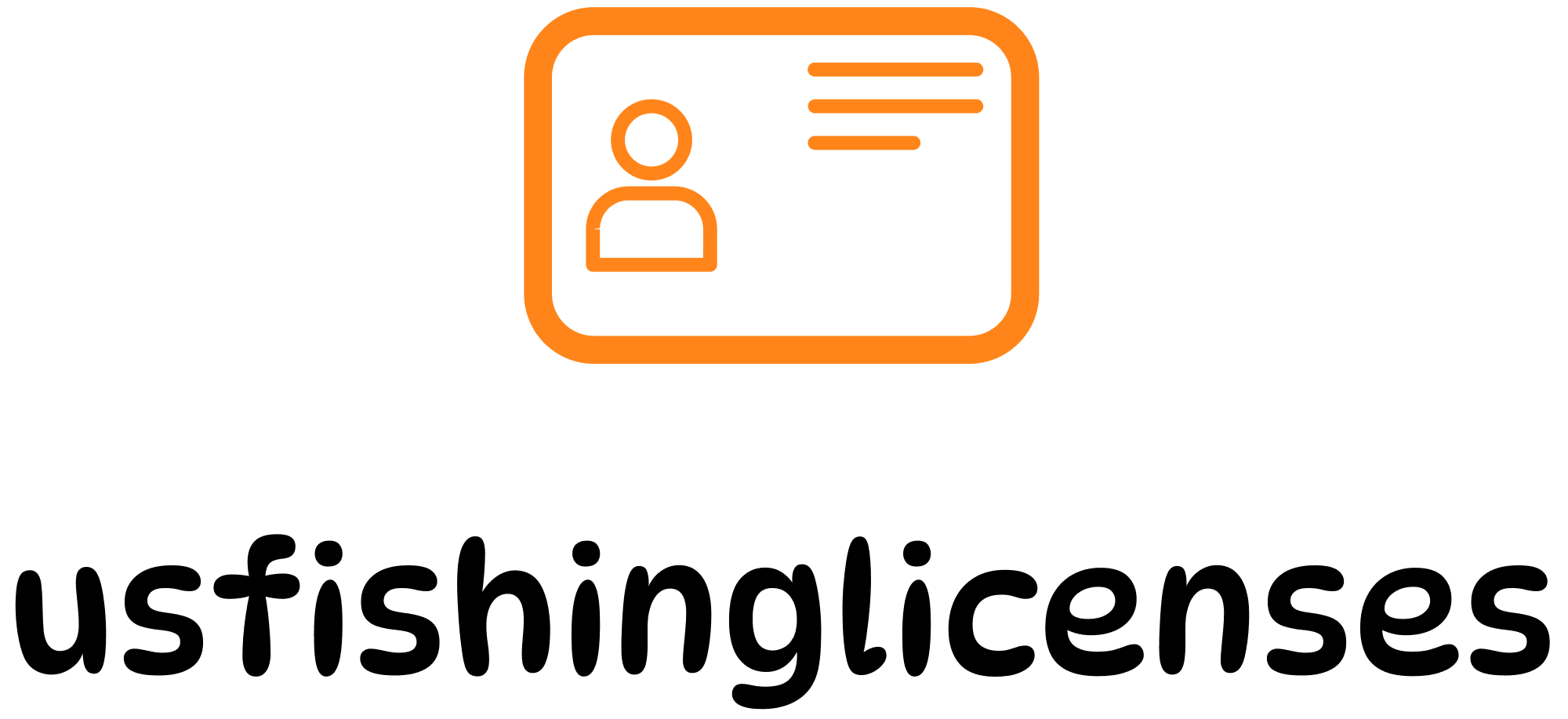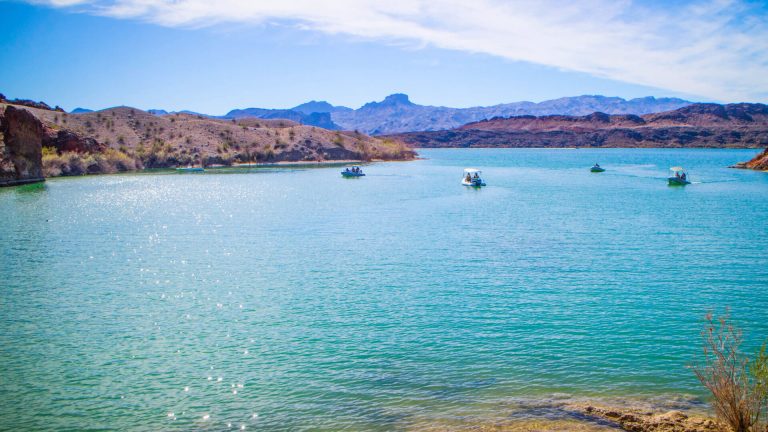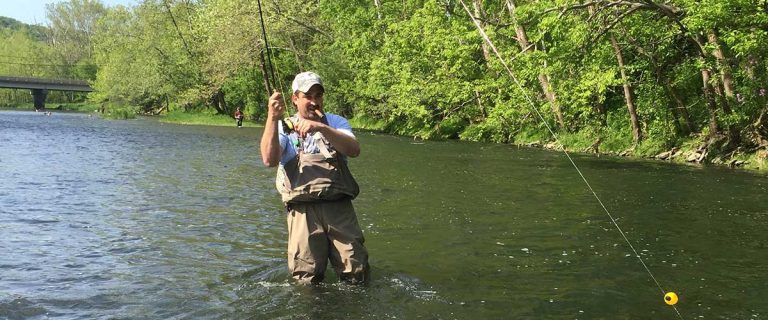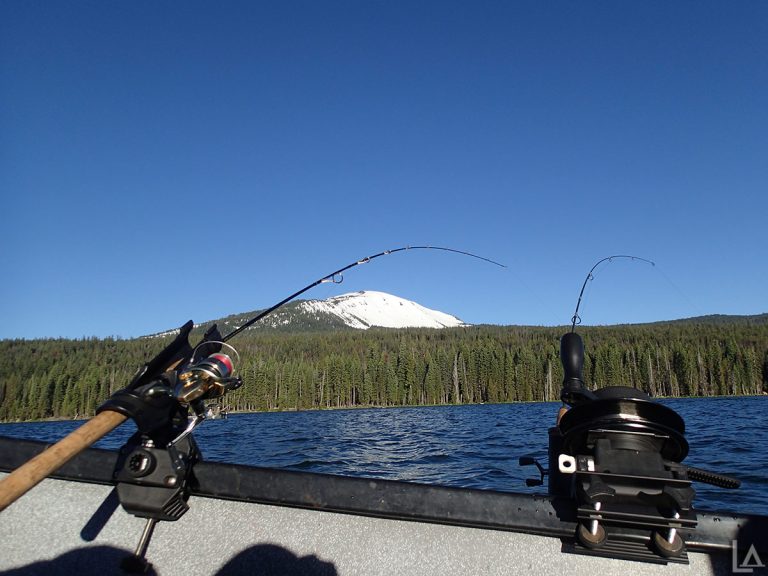Vermont’s pristine waterways harbor some of the Northeast’s most rewarding fishing experiences, often tucked away in protected conservation areas that many anglers overlook. From secluded brook trout streams to trophy-stocked ponds, the Green Mountain State offers exceptional fishing opportunities for those willing to venture beyond the well-known spots. This guide unveils Vermont’s hidden fishing gems while providing essential information about access permits, conservation efforts, and practical resources for planning your next fishing adventure.
Discovering Vermont’s Hidden Fishing Treasures
Vermont’s landscape is dotted with lesser-known fishing locations that offer solitude and exceptional angling experiences. These hidden gems provide opportunities to catch native species in their natural habitats while enjoying Vermont’s breathtaking scenery.
Wild Brook Trout Streams represent Vermont’s fishing heritage at its finest. These small, cold waterways typically found in higher elevations support self-sustaining populations of native brook trout. Locations like the headwaters of the White River, the upper reaches of the Battenkill, and numerous unnamed tributaries throughout the Green Mountains offer exceptional small-stream fishing opportunities for those willing to hike in with light tackle.
The Vermont Fish & Wildlife Department maintains 36 trophy trout waters across the state where larger fish (18+ inches) are stocked regularly. These include:
| Water Body | County | Fish Species | Access Type |
|---|---|---|---|
| Caspian Lake | Orleans | Lake Trout, Rainbow | Developed boat launch |
| Lake Dunmore | Addison | Brown Trout, Rainbow | Multiple access points |
| Seymour Lake | Orleans | Lake Trout, Landlocked Salmon | State access area |
| Silver Lake | Addison | Brook Trout, Rainbow | Hiking trail access |
| Harriman Reservoir | Windham | Brown Trout, Smallmouth Bass | Multiple boat launches |
For family-friendly fishing spots, the Lake Champlain basin offers numerous access points with shore fishing opportunities. Chittenden County features several locations with amenities like fishing platforms, restrooms, and boat rentals, making them ideal for introducing children to fishing.
Anglers seeking year-round opportunities should explore Vermont’s catch-and-release areas on rivers like the Winooski, Missisquoi, and sections of the Battenkill that remain open outside the traditional April-October trout season.
Navigating Vermont’s Access Permits and Regulations
Understanding Vermont’s permit system is crucial for legally accessing the state’s fishing resources. Vermont fishing licenses come in various options for residents and non-residents.
Basic fishing license requirements in Vermont follow a straightforward structure, with annual, 3-day, 7-day, and youth options available. All anglers 16 years and older must hold a valid license when fishing in Vermont waters. Licenses can be purchased online through the Vermont Fish & Wildlife Department or at authorized retailers throughout the state.
For activities not explicitly allowed or prohibited, Special Use Permits may be required. These permits cover activities such as organized fishing events, research projects, or specialized access needs. Applications must be submitted at least 30 days in advance through the Vermont Fish & Wildlife Department.
Vermont demonstrates exceptional commitment to ADA accessibility with over 45 fishing access areas meeting ADA standards. These include universal shore fishing platforms designed specifically for anglers with disabilities. The Vermont Outdoor Recreation Division maintains a comprehensive database of accessible fishing locations.
Budget-conscious anglers should mark their calendars for Vermont’s Free Fishing Days—the second Saturday in June and the last Saturday in January—when anyone can fish without a license. These days provide perfect opportunities to introduce newcomers to the sport without the upfront license cost.
Conservation Areas: Protecting Vermont’s Aquatic Resources
Vermont’s conservation efforts play a crucial role in maintaining the state’s exceptional fishing opportunities while ensuring these resources remain viable for future generations.
The Vermont Fish & Wildlife Department actively pursues land acquisition to protect high-value habitats. Recent purchases have focused on properties that improve climate resilience and protect critical watersheds. These acquisitions are often funded through partnerships with conservation organizations like The Nature Conservancy and the Vermont Land Trust.
A unique aspect of Vermont’s conservation model is its funding structure. Access areas and conservation initiatives rely primarily on fishing license fees, motorboat registrations, and federal excise taxes on fishing equipment. This creates a user-pay system where those who enjoy the resource contribute directly to its maintenance.
Environmental protection rules govern activities at access areas to minimize ecological damage. For example, ATV use is generally restricted to ice-fishing season only, when the ground is frozen and less susceptible to erosion. Similarly, habitat improvement projects focus on maintaining natural stream conditions that support native fish populations.
Climate resilience efforts have become increasingly important following severe flooding events, including the devastating July 2023 floods. The Vermont Fish & Wildlife Department has implemented redesigned access areas with deeper water access points and more robust infrastructure to withstand future flooding events.
Planning Your Vermont Fishing Adventure: Essential Tools and Resources
Successful fishing trips to Vermont’s hidden gems require proper planning and access to reliable information. Fortunately, several resources can help anglers locate and enjoy these special places.
The Vermont Fish & Wildlife Department offers interactive mapping tools that allow anglers to search for fishing locations by waterbody, boat size, or fish species. Their Vermont Fishing Access Areas map provides detailed information about facilities, regulations, and directions to each site.
Given Vermont’s varying seasonal conditions, checking current access status before traveling is essential. The department maintains updated information about dock installations, flood damage repairs, and temporary closures. Following the 2023 flooding, several access areas underwent reconstruction, making real-time status updates particularly valuable.
For species-specific guidance, the department publishes downloadable fishing guides covering everything from ice fishing techniques to bass fishing hot spots. These guides include seasonal tips, recommended gear, and information about fish stocking schedules.
The US Fishing Licenses website provides comprehensive information about licensing requirements and can help compare Vermont’s regulations with neighboring states for those planning multi-state fishing trips.
Emerging Trends and Challenges in Vermont Fishing
Vermont’s fishing landscape continues to evolve, presenting both opportunities and challenges for anglers and conservation authorities.
The COVID-19 pandemic triggered an 18% increase in fishing license sales in 2020, introducing many newcomers to the sport while increasing pressure on popular fishing areas. This surge has led to greater interest in discovering hidden gems away from crowded locations.
Climate change impacts present ongoing challenges to Vermont’s aquatic ecosystems. Warming water temperatures affect cold-water species like brook trout, while more frequent flooding events damage infrastructure and alter stream habitats. Conservation efforts increasingly focus on building resilience into both natural systems and access infrastructure.
Recent policy developments could significantly impact fishing access and regulations. Proposed legislation like S.258 would shift rulemaking authority from the Fish and Wildlife Board to the Department, potentially changing how fishing regulations are established and implemented. Staying informed about these developments through the Vermont Legislature website can help anglers understand future changes.
Accessing Vermont’s Best-Kept Fishing Secrets: Practical Tips
Discovering truly hidden fishing gems often requires local knowledge and specific preparation. Here are practical tips for accessing Vermont’s less-traveled fishing spots:
- Consult local fishing shops for insider information about productive waters not heavily publicized online. Established businesses like The Fly Rod Shop in Stowe or 3rd Ave Bait & Tackle in Burlington provide valuable advice about seasonal patterns and productive locations.
- Look for walk-in access areas that require short hikes, as these typically see less pressure than drive-up locations. The Green Mountain National Forest contains numerous streams with public access points that receive minimal fishing pressure.
- Consider fishing during off-peak times, such as weekdays or during Vermont’s shoulder seasons (late fall and early spring), when even popular areas become relatively uncrowded.
- Explore tributaries rather than main rivers, as these smaller waterways often hold surprising numbers of fish with far fewer anglers.
- Practice strict catch-and-release ethics in remote areas where fish populations may be more vulnerable to harvest pressure.
Preserving Vermont’s Fishing Heritage Through Conservation
Vermont’s approach to conservation reflects a balance between providing recreational opportunities and protecting natural resources. Understanding this approach helps anglers appreciate the importance of their role in conservation.
The state’s Watershed Grant Program funds local conservation projects that directly impact fishing opportunities. Recent grants have supported stream restoration projects, aquatic invasive species control, and public education initiatives about watershed protection.
Volunteer opportunities through organizations like the Vermont River Conservancy allow anglers to contribute directly to habitat improvement projects and access area maintenance. These hands-on experiences provide deeper connections to Vermont’s waterways and fishing heritage.
Conservation areas often include educational components that help visitors understand the ecological significance of these protected waters. Interpretive signs at access points explain watershed dynamics, fish life cycles, and conservation challenges, enriching the fishing experience with greater environmental awareness.
Conclusion
Vermont’s hidden fishing gems offer exceptional experiences for anglers willing to venture beyond the well-known locations. By understanding access permit requirements, respecting conservation areas, and utilizing available resources, anglers can discover productive waters while contributing to the preservation of Vermont’s aquatic treasures.
Whether you’re seeking wild brook trout in mountain streams, trophy catches in managed waters, or family-friendly fishing opportunities, Vermont’s conservation areas provide diverse options throughout the year. The state’s commitment to both accessibility and preservation ensures these opportunities will remain available for generations to come.
As you plan your next Vermont fishing adventure, remember that the true value of these hidden gems lies not just in the fish they hold, but in the unspoiled natural settings and conservation success stories they represent. By fishing responsibly and supporting ongoing conservation efforts, anglers help ensure Vermont’s fishing heritage continues to thrive.







